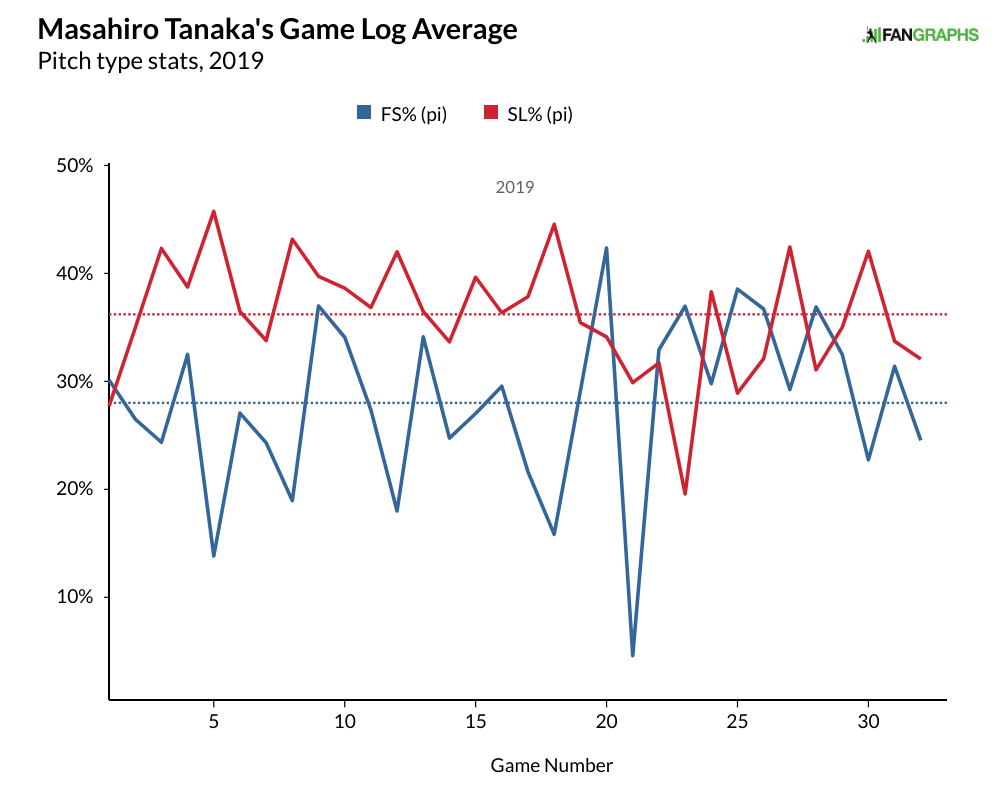The Yankees Still Need Adam Ottavino
Last offseason, the Yankees gave Adam Ottavino a three-year, $27 million contract, a move that added yet another high octane arm to their already-loaded bullpen. And unlike some reliever contracts, it has worked out quite well thus far.
Ottavino had a solid first year in New York. His 1.90 ERA was a career-best, as was his 2.5 RA9-WAR. His 3.44 FIP (74 FIP-) and 4.32 xFIP (94 xFIP-) suggested that he was probably quite a bit worse than his ERA indicated, due to a year-over-year strikeout rate that fell from 36% to 31% and a walk rate that ballooned from 12% to 14%. So, yes, Ottavino wasn’t nearly as dominant in 2019 as he was the year before, but that doesn’t mean he wasn’t useful in the Big Apple. His 1.3 WAR ranked 22nd among all relievers and second on the team.
We could dig deeper into Ottavino’s 2019 campaign if we so desired, but that’s not why he’s relevant right now. The 66 and third innings he pitched during the regular season were important, but they are not nearly as meaningful as the two and one-third innings he’s pitched so far this postseason. Ottavino has faced just 18 hitters this October, but the Yankees have already been ridiculed for “making a big mistake” in sticking with him.
Perhaps this is a fair argument; Ottavino’s October results certainly reflect the rationale behind the criticism. Of the 18 batters he has faced, seven of them have recorded hits, three more have walked, and just seven have made outs. The slash line against Ottavino is ugly: .467/.556/.800.


